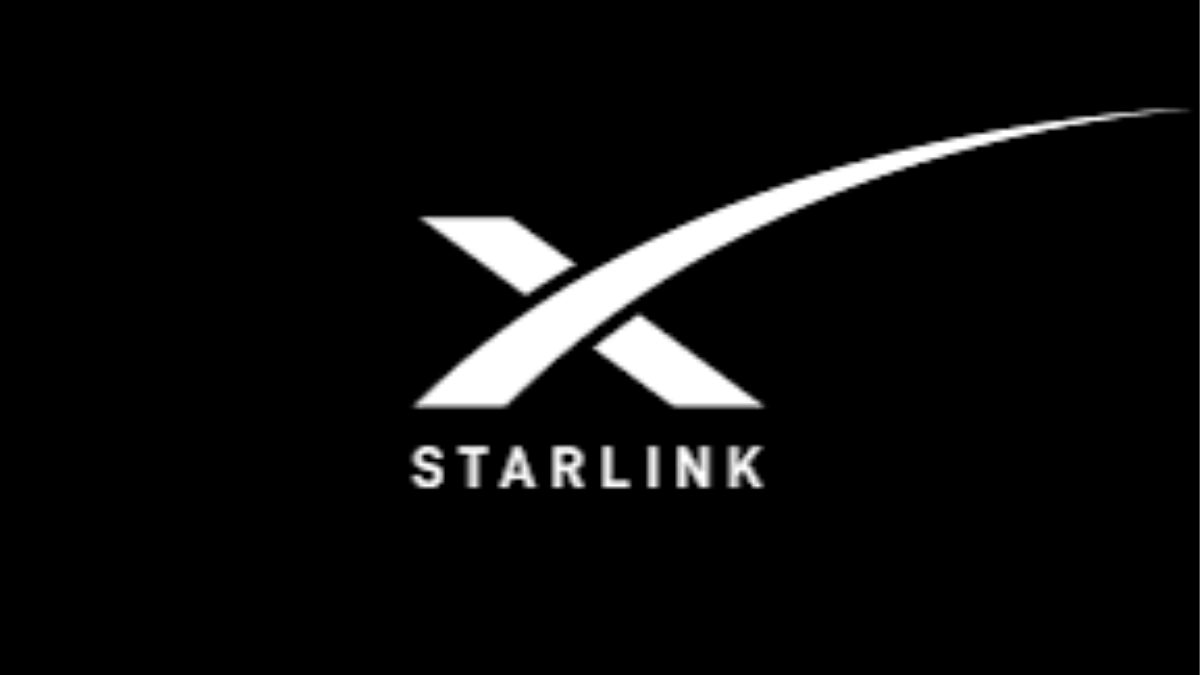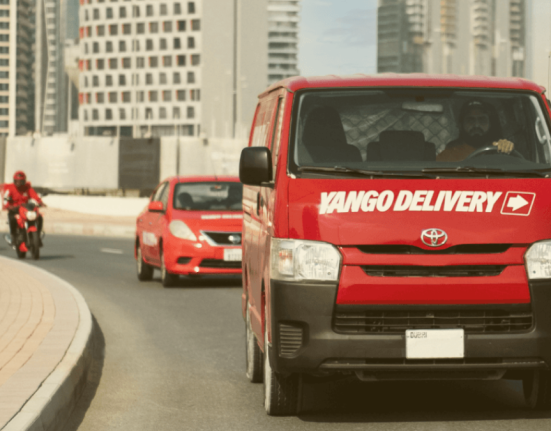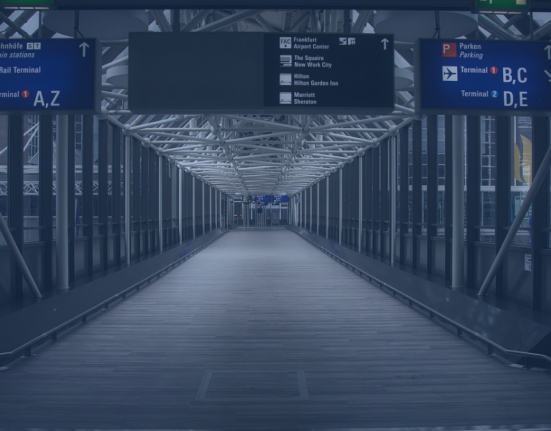Starlink, Elon Musk’s satellite internet service, has been making waves in Kenya with unprecedented growth in satellite data subscriptions since its launch in July 2023. According to the latest report by the Communications Authority of Kenya (CA), the number of satellite subscribers jumped by a staggering 1,955.3% over the past year, marking a turning point for internet connectivity in the region.
As of June 2024, Kenya recorded 8,324 satellite data subscribers, up from just 405 in June 2023. Starlink’s services, known for their high-speed, low-latency broadband, have been particularly transformative in remote areas where traditional internet infrastructure is either unstable or non-existent.
Sector Statistics Report, Q4 2023/24
“The entry of Starlink has changed the game for internet access, especially in areas that have long been underserved by mainstream providers,” said John Mwangi, a small business owner in rural Kenya. “We can now connect with the rest of the world without waiting hours for a page to load.”
Despite this rapid growth, Starlink still holds only 0.5% of the market share in Kenya’s highly competitive fixed data landscape. Safaricom PLC continues to dominate with 36.4% of the market, followed by Jamii Telecommunications and Wananchi Group, with 24% and 17.5%, respectively.
However, experts believe that Starlink’s expansion, especially in rural areas, will soon challenge the dominance of these traditional providers. “Satellite internet has the potential to close the digital divide,” noted telecom analyst Nancy Omondi. “While the upfront cost of Starlink’s hardware is high, its ability to deliver fast, reliable internet to even the most remote locations gives it a significant edge.”
Starlink’s growth also contributed to the rise in Kenya’s total internet bandwidth capacity, which increased by 2.4% to 21,244.338 Gbps by mid-2024. Utilized satellite internet capacity skyrocketed by 1,635.1%, an achievement largely driven by Starlink’s entry into the market.
But Starlink’s journey in Africa hasn’t been without its challenges. In South Africa, the company faces stringent regulatory hurdles that have delayed its entry into the country. Starlink must meet a criterion under the Electronic Communications Act (ECA), which requires that 30% of any telecom company be owned by historically disadvantaged groups. This has been a sticking point, though recent meetings between SpaceX executives and South African President Cyril Ramaphosa offer a glimmer of hope for a resolution.
Read also: Starlink’s Expansion to South Africa: How Cyril Ramaphosa Is Leading the Charge
Back in Kenya, consumers are optimistic. “Starlink’s fast speeds are unmatched, even during the rainy season, which is often a problem for other providers,” said Mwangi. However, challenges remain. Users have raised concerns about the high cost of hardware and limited mobility of the service, but most agree that the benefits far outweigh the drawbacks.
As Starlink continues to expand across the African continent, its potential to reshape internet access in underserved areas could usher in a new era of connectivity and economic opportunities for millions.









Leave feedback about this